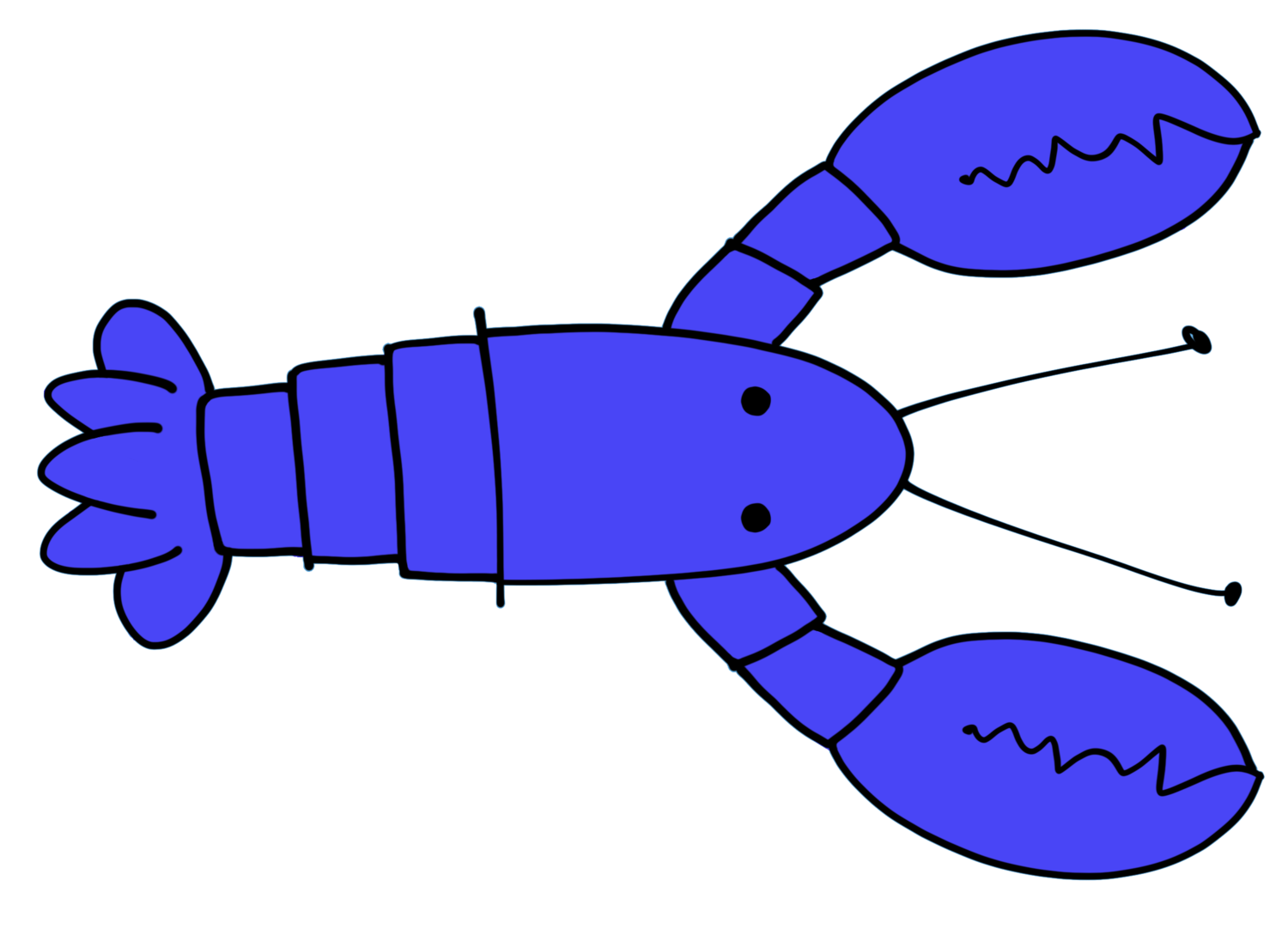 No matter what your profession or passion, design is a part of it, even the most STEM'y ones. Allison Chen, RISD '15, believes that scientific illustration is a definition of STEAM... and she's right! It's Science, Technology, Engineering (how the body works in the case of biological systems) and Math ... and Art! This great post, from her STEAM Stories project (please follow it!) shows us how art and design are so embedded in our daily lives and our work. Enjoy! And follow her and read these great stories.
No matter what your profession or passion, design is a part of it, even the most STEM'y ones. Allison Chen, RISD '15, believes that scientific illustration is a definition of STEAM... and she's right! It's Science, Technology, Engineering (how the body works in the case of biological systems) and Math ... and Art! This great post, from her STEAM Stories project (please follow it!) shows us how art and design are so embedded in our daily lives and our work. Enjoy! And follow her and read these great stories.
~~~~~~~~~~~~~~~~~~~~~~~~~~~~~~~~~~~~~~~~~~~~~~~~~~~
Before modern film and computers, scientific phenomena were recorded with meticulous drawings and paintings for centuries. These illustrations illuminated the unobservable or unclear, often answering, “Will that plant kill me?” or “What’s going on inside my body?”
Of course, we still ask these questions, and can now use new media to answer. Based in Seattle, Washington, Eleanor is a designer that puts a modern spin on scientific illustration. Having received her bachelor’s in molecular biology and done visual art since high school, she combines both passions to create stunning animated infographics.
“I think visuals really help explain science to the general public,” Eleanor said. “If you haven’t gotten a degree in it, it’s really hard to understand topics like global warming or GMOs. It’s important for actual experts to explain everything.”
When she isn’t working for clients such as Huffington Post and the Gates Foundation, Eleanor has the freedom to design whatever subjects strike her interest. These interests manifest in both animated and static diagrams that she documents on her blog tabletopwhale.com, where you can also find a tutorial that shows how she works with Adobe Illustrator and Photoshop.
One animation, 3 Different Ways to Breathe, compares human lungs with those of birds and grasshoppers. Watching the animation, you can see how birds can take in oxygen even while exhaling, and how air is transported directly into the grasshopper’s tissue cells.

“I had no idea that things breathed differently,” Eleanor said, “or that the way humans breathe isn’t even the most efficient.”
Another animation, How to Build a Human, depicts the growth of a human fetus from fertilization to birth.

“I really wanted everything to be visible at the same time,” Eleanor said, explaining why she chose the spiral format. “When I was reading about it in college, I had some trouble figuring it out in my head. It was described in the text but I wanted everything on one page.”
And perhaps one of the most visually interesting, Flight Videos Deconstructed compares the flight patterns of five flying species and depicts the curves their wings make in space.

As noted on the infographic, the project was an observational exercise and doesn’t represent any scientifically accepted information.
“You definitely can’t draw conclusions from these videos alone,” Eleanor said, “you have no idea if the animals were injured, how old they are, if they’re even flying normally. In an actual study they would’ve taken 30-40 animals in the same room in the same conditions, done in a lab so that a computer can map it.”
This serves as an important reminder that imagery can always be misinterpreted or contrived, no matter how beautiful. Eleanor has noticed a fair amount of science-related art out there that isn’t accurate, and encourages more communication between artists and scientists.
This Fall, Eleanor is returning to school to get her PhD thanks to a grant from the National Science Foundation. Best of luck Eleanor, let’s hope your research will inspire more infographics in the future!
Eleanor Lutz: Blog, Twitter, Dribbble
 Allison is a designer and writer (soon to be) based in Chicago as a DFA (Design for America) Fellow. She seeks to design for learning and play to help us better understand each other and the world around us. While earning her BFA in industrial design at RISD she co-led the DFA RISD|Brown studio 2014-2015, worked on STEAM learning tools, interned at various organizations, and helped build a solar-powered house for Solar Decathlon Europe 2014. Children are her favorite users, and she enjoys designing for the inner child in all of us. Through her STEAM Stories blog series, she hopes to bring together a community of passionate STEAM do-ers to inspire future interdisciplinary work in hobby, education, and industry.
Allison is a designer and writer (soon to be) based in Chicago as a DFA (Design for America) Fellow. She seeks to design for learning and play to help us better understand each other and the world around us. While earning her BFA in industrial design at RISD she co-led the DFA RISD|Brown studio 2014-2015, worked on STEAM learning tools, interned at various organizations, and helped build a solar-powered house for Solar Decathlon Europe 2014. Children are her favorite users, and she enjoys designing for the inner child in all of us. Through her STEAM Stories blog series, she hopes to bring together a community of passionate STEAM do-ers to inspire future interdisciplinary work in hobby, education, and industry.









